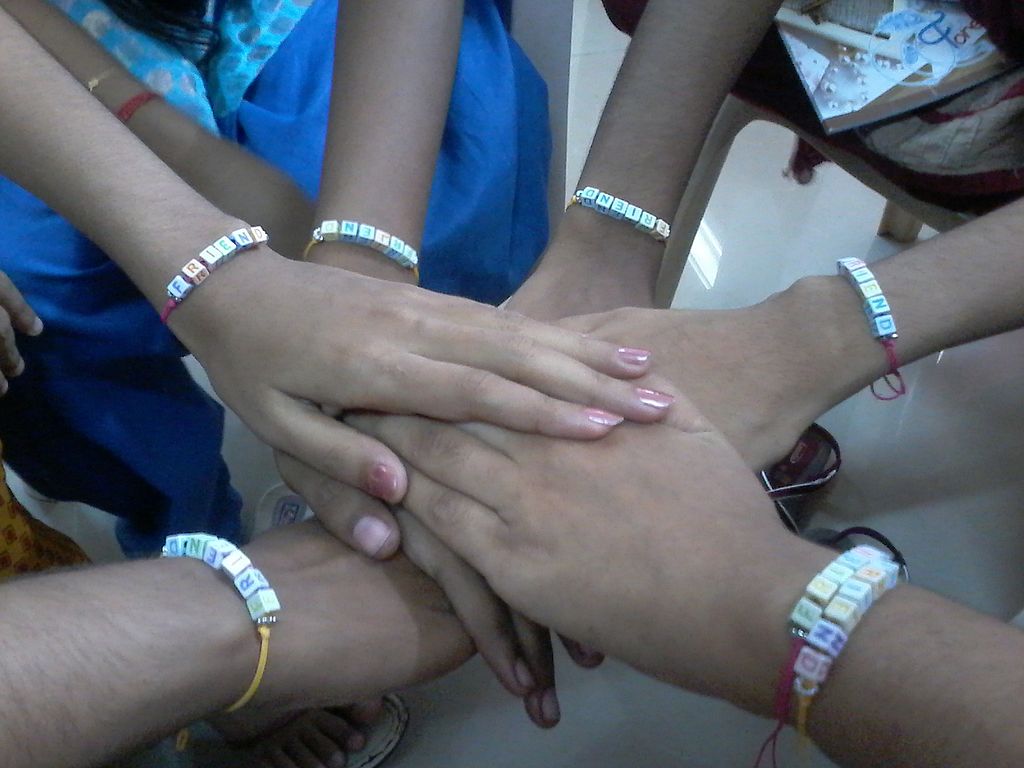Core Principals:
View Community Partners through an asset-based lens (we are working alongside you and learning from you), rather than deficit-based (we are doing charitable service for you).
The service should benefit (not burden) the Community Partner while reinforcing course learning through guided reflection.
As you plan your course, consider…
- Who are potential partners?
- How many partners do you need?
- What is their role as co-educator?
- What type of service or project are you seeking for your students?
- Should it be individual or project-based? Direct (working with clients), non-direct (working at the site but not with clients), or indirect (working off-site)? These details will ultimately be determined through discussions with your Community Partners.
Reach out to several organizations and discuss...
- Your course objectives
- Goals and objectives of your partner
- How many students they can support
- The types of projects students might do for them
- The onboarding requirements for students (orientation, training, background check, etc.)
During the semester
- In the first week, invite partners to your class to briefly describe their organization and the work students would do.
- If students are doing projects, invite partners to offer formative feedback midway through.
- Consider inviting partners to hear, assess, and celebrate final projects and presentations.
- As part of a final reflection, ask students to compose (and send!) a thank-you note to their site supervisor describing their learning, their changes in perspectives, and (hopefully) their commitment to future service.

Last modified: Sunday, May 23, 2021, 10:54 AM